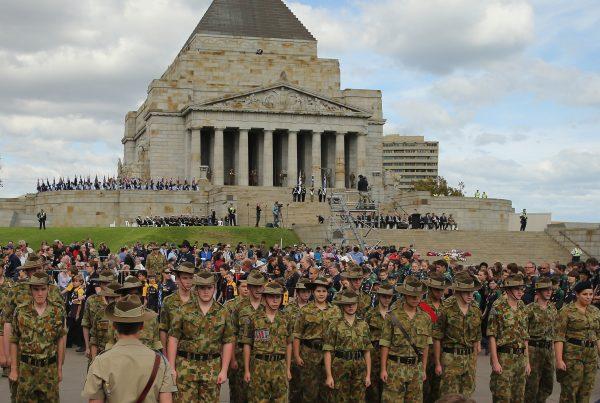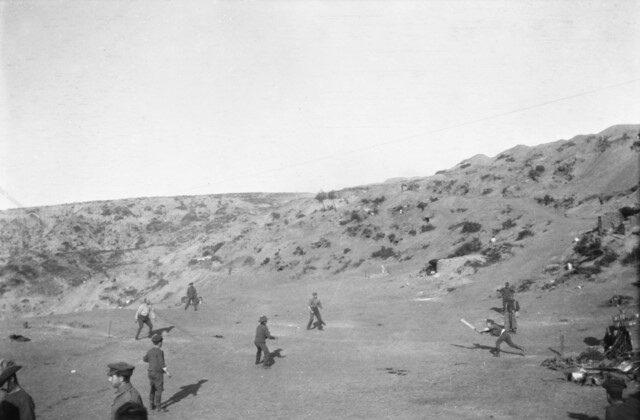On Sunday, Dec. 20, Australia will commemorate 105 years since the last of its troops evacuated the Gallipoli Peninsula, the site of one of the most well-known campaigns of the First World War.
Newly reappointed Minister for Veterans’ Affairs Darren Chester said that on April 25, 1915, the ANZACs set out to seize the ridges running off the Sari Bair Range to cut off the Turks defending the Gallipoli Peninsula. The objectives were not taken and the campaign to take Turkey out of the war soon became a stalemate, and turned into an eight-month-long battle of attrition.
“The withdrawal was conducted silently through the evenings and early mornings of the designated days, and troops were moved gradually to avoid arousing the suspicions of the Turks. The last Australian troops were withdrawn in the early hours of 20 December.
“During the evacuation, ‘silent stunts’ were used to deceive the Turks about the allied troops’ imminent departure. In one attempt to distract the Turkish, a cricket game on Shell Green was arranged and artillery shells passed overhead while the game was in progress,” Chester said.

With hardly a casualty during the evacuation, the ANZACs left Gallipoli, and the Anzac and Suvla areas were left to the Turks. On the night of Jan. 8, 1916, the French and British evacuated Cape Helles—the Gallipoli campaign was over.
The campaign involved a total of approximately 800,000 men on both sides. The heaviest losses were among the Turkish forces, who suffered more than 251,000 casualties, of whom 87,000 died.
“This was a gruelling campaign which ended with both sides suffering great hardships and heavy casualties,” Chester said. “We remember the service of all those who fought in this campaign and we honour the more than 26,000 Australian casualties.
“The impact of this campaign was not only felt by those who lost their comrades, but also throughout the Australian community as many family members and friends would never return home.
“For their service and their sacrifice, we say thank you. Lest We Forget,” he said.
The Gallipoli campaign will forever remain etched into Australia’s military history, and the Anzac legacy will continue to inspire generations of Australians to come.






Friends Read Free